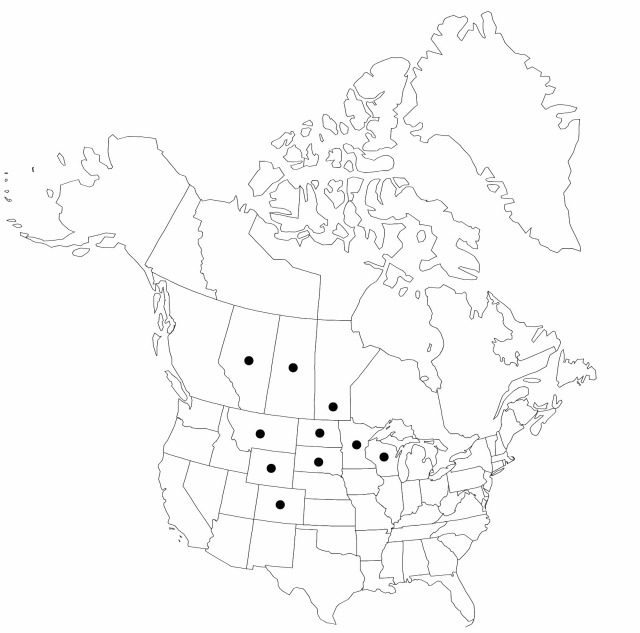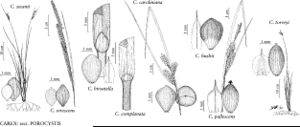Difference between revisions of "Carex torreyi"
Enum. Meth. Caric., 21. 1843.
imported>Volume Importer |
imported>Volume Importer |
||
| Line 52: | Line 52: | ||
|publication year=1843 | |publication year=1843 | ||
|special status=Illustrated;Endemic | |special status=Illustrated;Endemic | ||
| − | |source xml=https:// | + | |source xml=https://bitbucket.org/aafc-mbb/fna-data-curation/src/2e0870ddd59836b60bcf96646a41e87ea5a5943a/coarse_grained_fna_xml/V23/V23_896.xml |
|genus=Carex | |genus=Carex | ||
|section=Carex sect. Porocystis | |section=Carex sect. Porocystis | ||
Latest revision as of 21:43, 5 November 2020
Culms 15–50 cm, pilose. Leaves: sheaths pilose; ligules longer than wide; blades 1.5–3 mm wide, pilose. Inflorescences: lateral spikes approximate or proximal distant, 6–12 × 4–7 mm; terminal spike staminate or, rarely, gynecandrous with not more than 1/4 flowers pistillate, 8–16 × 2–4 mm. Pistillate scales ovate-circular, 2–3 × 1.6–2.5 mm, not more than 1.5 times as long as wide, shorter than perigynia, apex obtuse to acuminate. Staminate scales ovate, 3.2–4.1 mm, apex acute or acuminate. Anthers 1.9–2.4 mm. Perigynia ascending, strongly 18–24-veined, ovate or obovate, 2.2–3.2 × 1.5–2.2 mm, glabrous; beak 0.2–0.5(–1) mm. Achenes 2–2.5 × 1.5–1.9 mm.
Phenology: Fruiting summer.
Habitat: Meadows, moist woods
Elevation: 200–2500 m
Distribution

Alta., Man., Sask., Colo., Minn., Mont., N.Dak., S.Dak., Wis., Wyo.
Discussion
Selected References
None.
